Architecture has always been used as a creative outlet to define functional spaces and proudly showcase cultural timelines. As we look at the types of architecture that have come up throughout history, we see the stories architects have told with their works of art.
We see different generations and how they thought, lived, and traditions they followed. You'll notice that architectural styles build upon each other, borrowing inspiration and design from one another. Just as the classic Greek temples and Egyptian pyramids continue to inspire you, so will the next generation of architects and designers be inspired by your work.
Let's take a trip down memory lane and look at some architecture types that continue to shape our modern era.
1. Ancient Egyptian Architecture - 3,050 BC to 900 BC

Image credits - sculpies/Fotolia
It is a natural outcome that the one the greatest civilization have left one of the most significant architectural styles. The building of the Egyptian pyramids will remain as an great architectural miracle that will be appreciated by future generations for years and years to come.
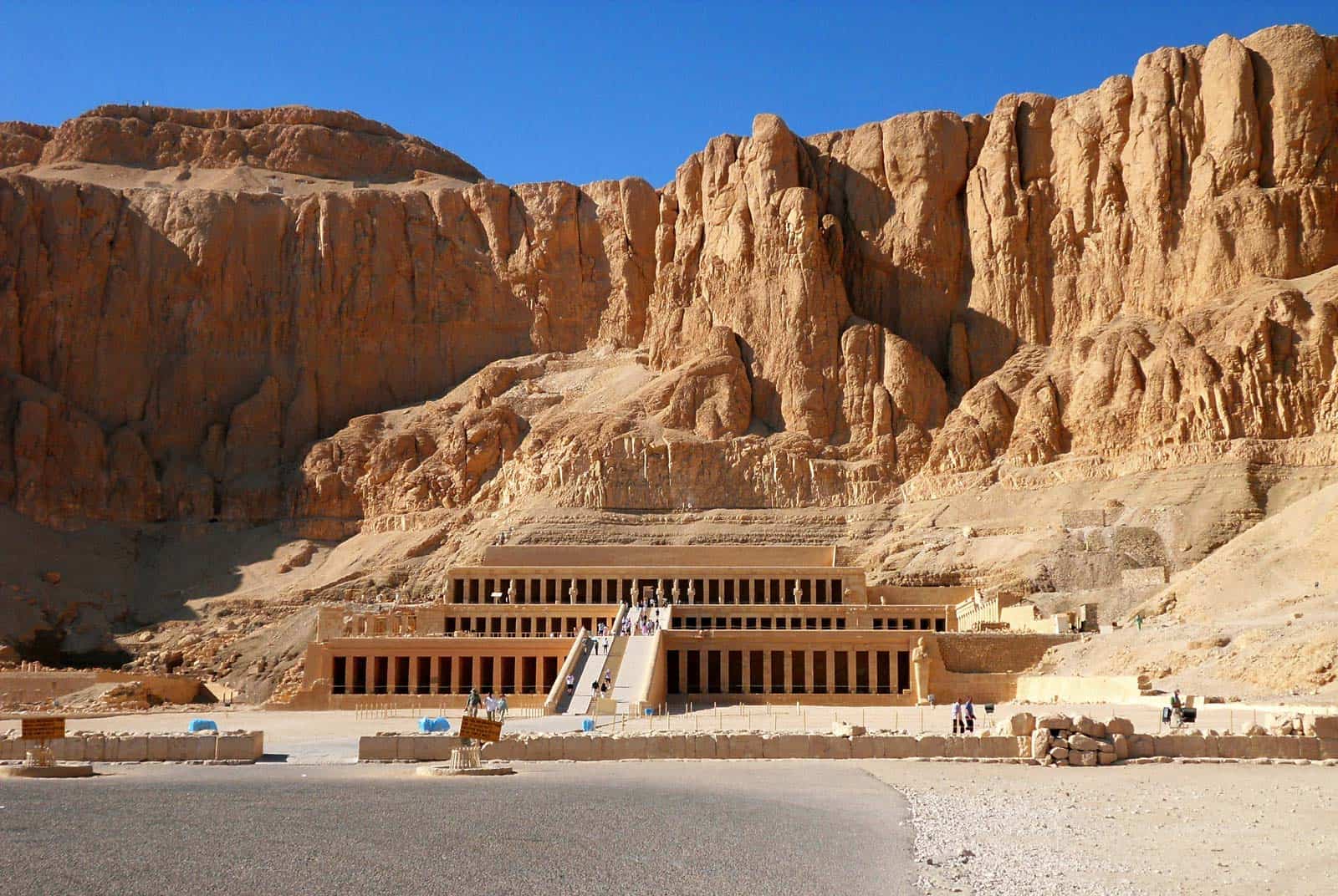
Image credits - Ron Gatepain
In contrast, the pyramids are neither the only structure nor an exception of the architectural explanation of Egyptians. Starting off with building temple complexes, the Egyptians tapped into their potential resources such as energy, and creativity to bring out something amazingly detailed. These temples confirmed beauty and convenience.
Such architecture as Egyptian was a source of inspiration for the both Greek and Roman architecture that included obelisks in Rome and early Greek columns with stylized motifs. This inspiration can be witnessed in the contemporary designs that draw lessons from the stone temple of Luxor and the colossal pyramids of Giza.
2. Greek and Roman Architecture - 850 BC to 476 AD
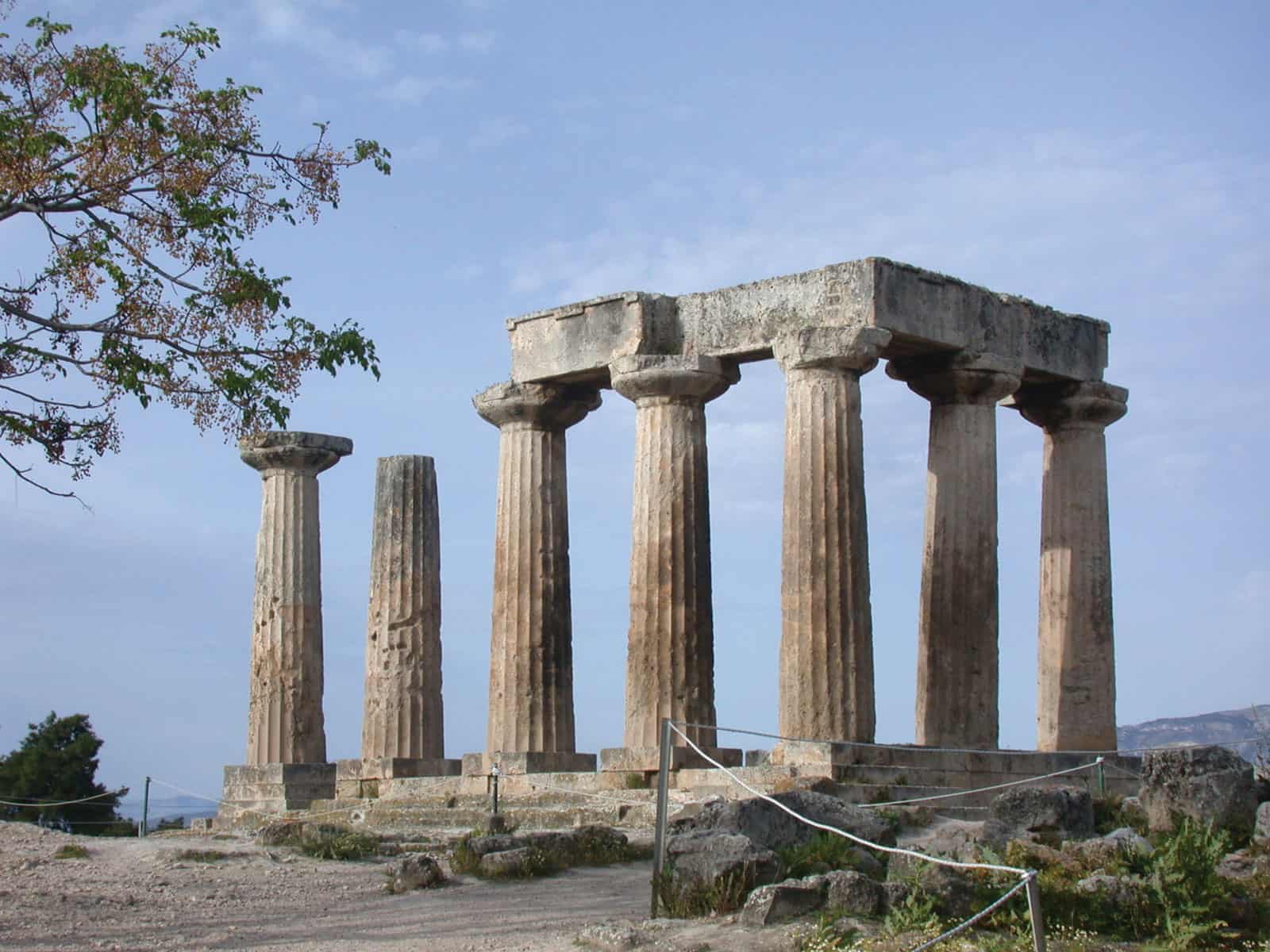
Image credits - MM
You'll often find that ancient Greek and Roman architecture are grouped under the umbrella of classical architecture. Classical architecture is a style of architecture that includes buildings originally constructed by the Ancient Greeks and Romans. This architecture design timeline is between the 5th century BC in Greece and the 3rd century AD in Rome.
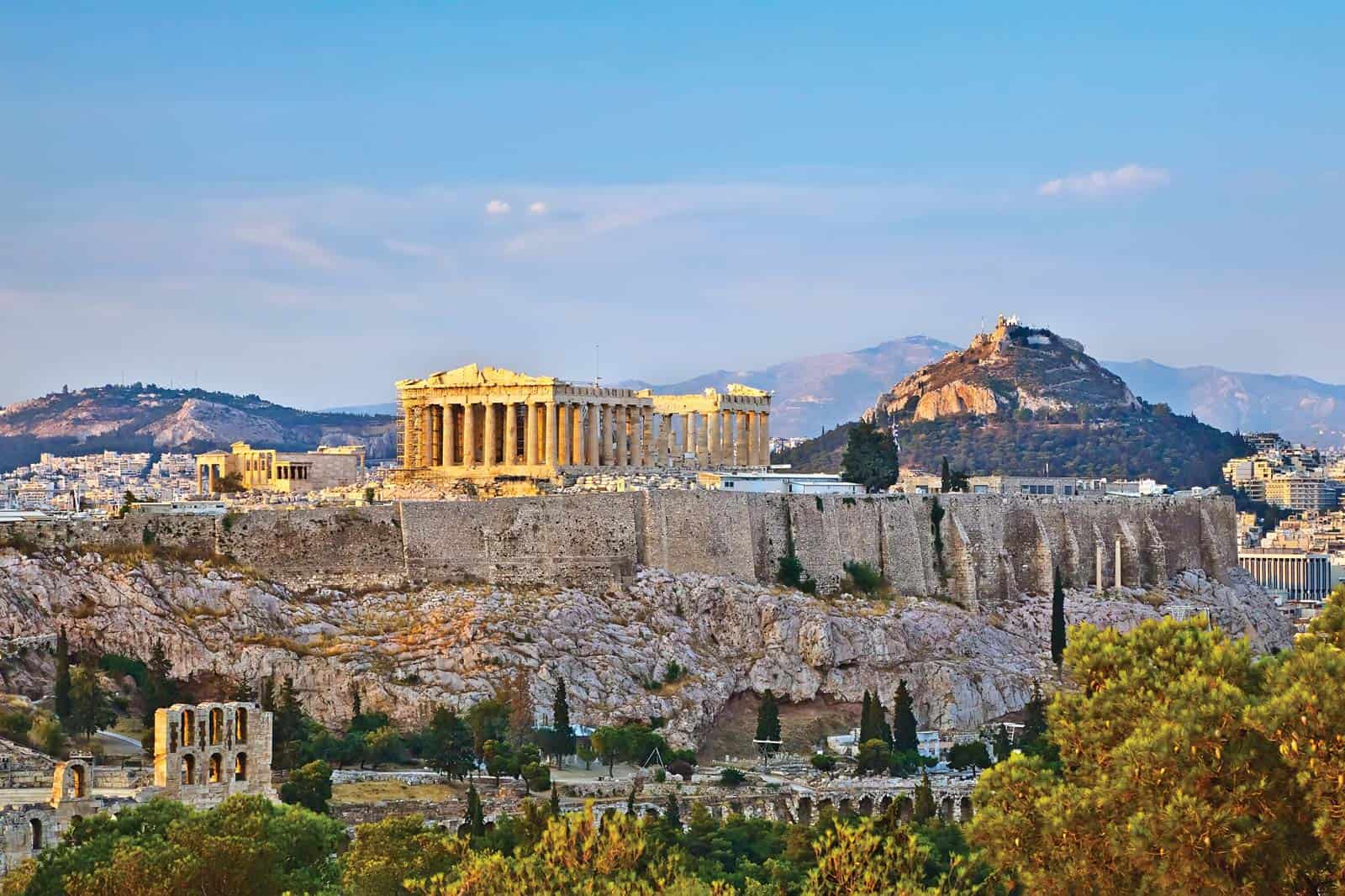
Image credits - iStockphoto/Thinkstock
This type of architecture has been a pillar of inspiration for architects throughout the generations whenever they look to the ancient past for illumination. This architectural style holds many ideals and secrets that architects like you benefit from, thanks to ancient Greece.
Some of the notable architects that this architecture design has inspired are the Victorian architects, who have sometimes created exact replicas of classical forms. They have also adopted an eclectic approach that involves combining motifs and classical forms to create new styles.
In the United States, the Neoclassical, also known as the Classical Revival style (1895-1950), is another notable architecture type that borrowed inspiration from the classical style. Some of this architecture type's unique features include symmetry and proportions; building materials such as marble, brick, and concrete; rectangular windows; double-hung windows; and classical orders.
These classical orders include Doric, Ionic, Corinthian, Tuscan, and Composite orders. You can quickly draw inspiration to improve your design skills and interior design skills from this architecture style.
3. Gothic Architecture -1150 to c. 1530

Image credits - Nikita Khandelwal
Most of the most famous churches in Europe as inspired by Gothic architecture. From France to other parts of the continent, you will see the combination of the ribbed vault, pointed arch, and flying buttress adorning most structures.
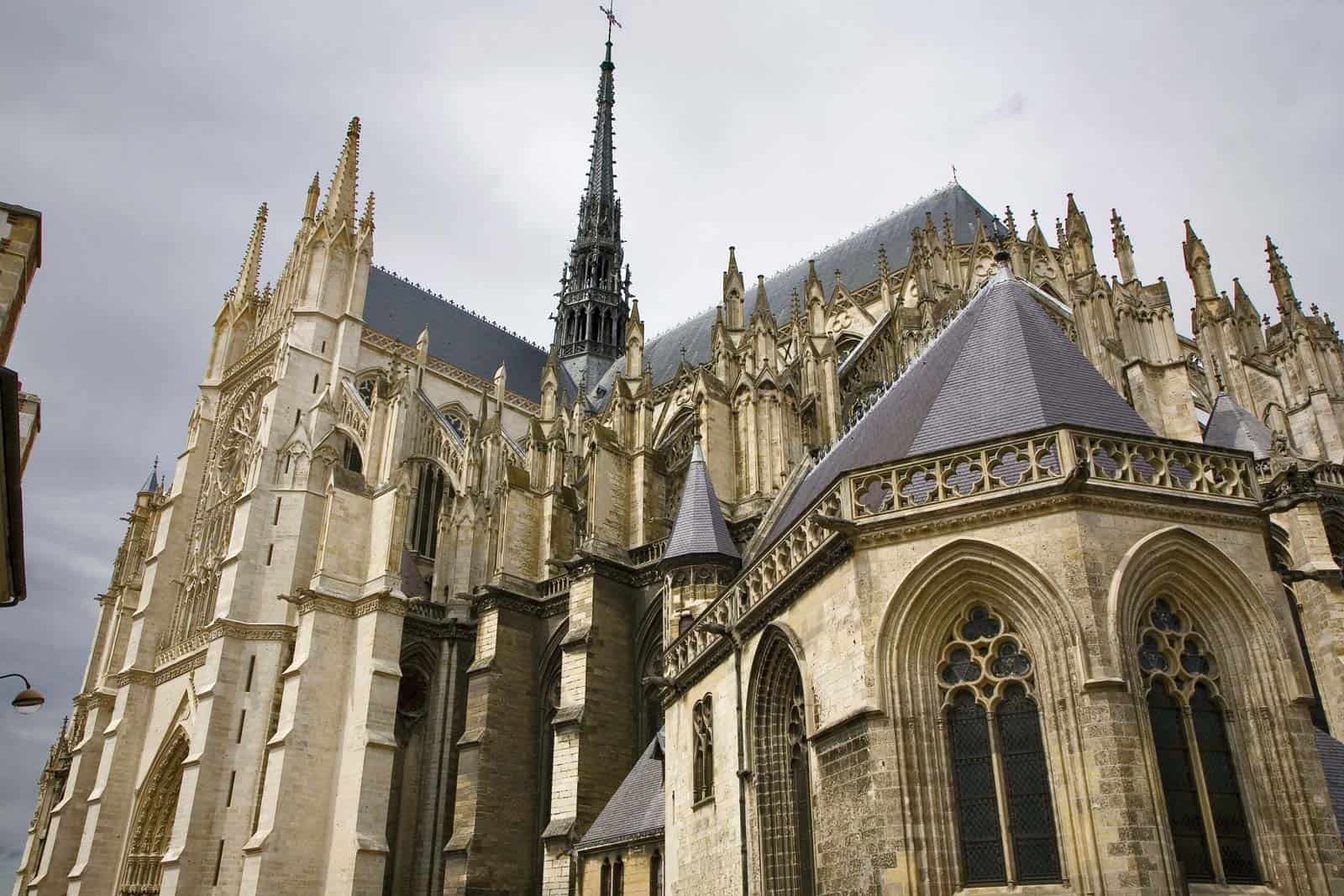
Image credits - Jonathan
If you've been to one of these Gothic architecture style-inspired churches, you'll notice that a significant amount of light pours in from the stained glass windows uniquely illuminating the church. This is thanks to the reduced weight and increased height of the walls that allow light into the church in such a fashion.
A famous example of French Gothic architecture is Notre Dame. You'll find the main Cathedral of Milan towering high in all its Gothic architecture splendor in Italy.
4. Mesoamerican Architecture - 2000 BC to 1519 AD
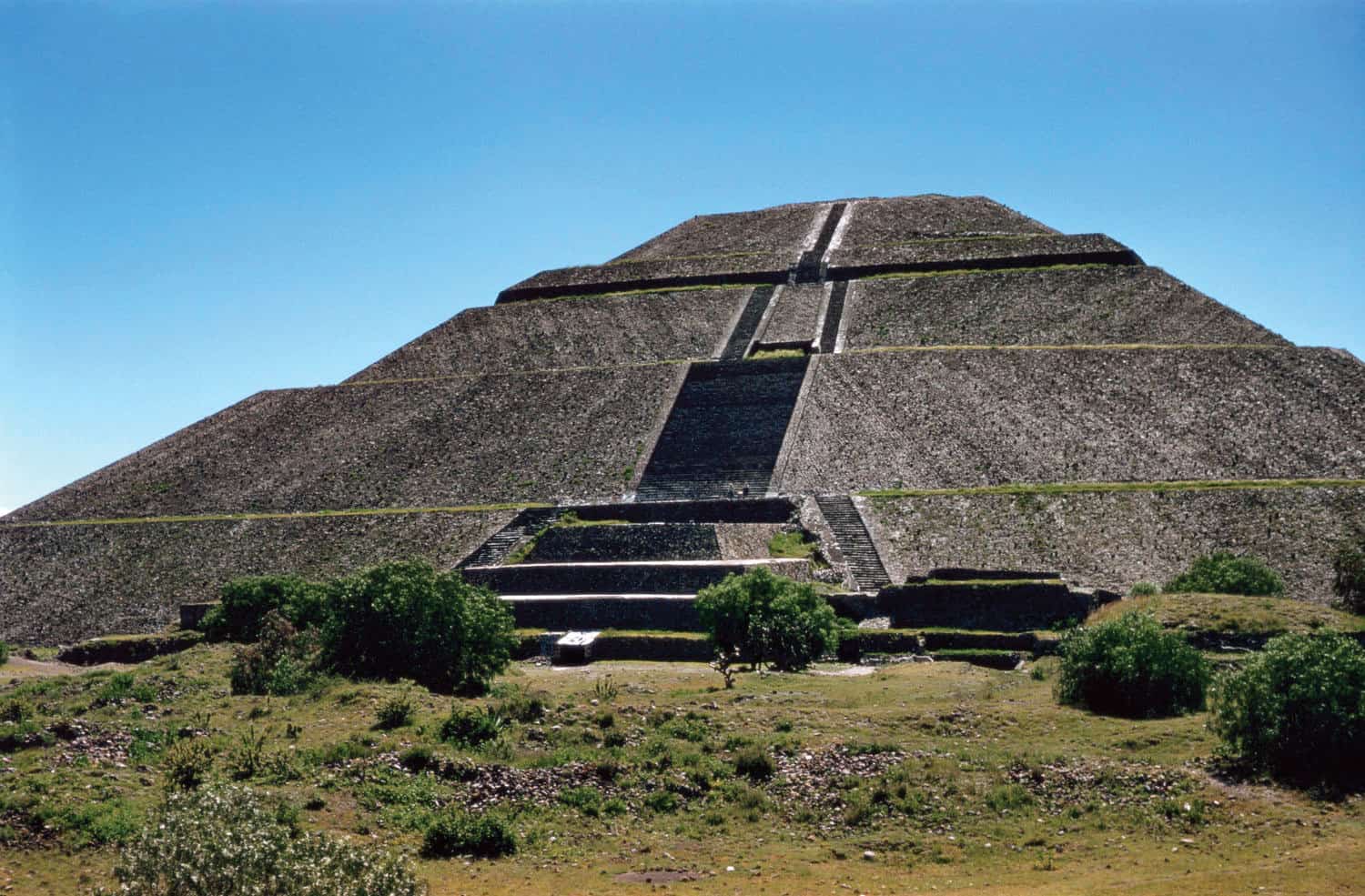
Image credits - liquidlibrary/Jupiterimages
Mesoamerican architecture or Pre-Columbian architecture encompasses the buildings constructed by the native cultures stretching from central Mexico to Nothern Costa Rica in the United States. This place is now known as Central America.
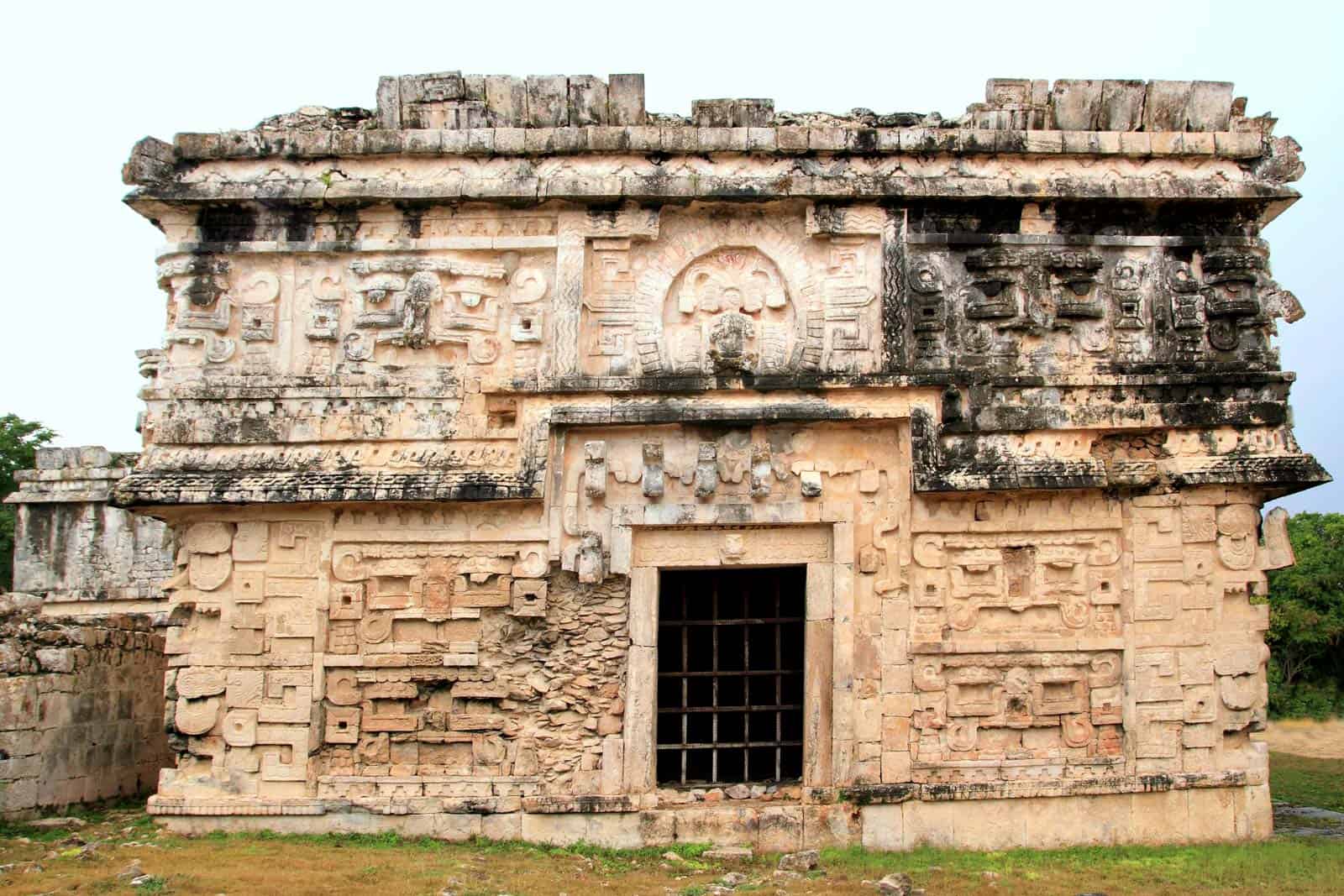
Image credits - lunamarina/Fotolia
In the times of this architectural design, urban planning activities were guided by mythological and religious beliefs. This is because the cultures believed that this architectural style and design symbolized their faith.
This architecture design is mainly identified with Maya architecture and the stepped pyramids of this civilization. The structures are famous for their use of tremendous workforce and their heavy stonework. They used an enormous workforce as an innovative way to overcome their technological handicaps.
The El Castillo pyramid is an excellent example of this Pre-Columbian architecture. Many architects have been inspired by this architecture style, most notably Architect Frank Lloyd Wright, who worked in a Mayan Revival style in the 20th century between the 1920s and 30s.
5. Byzantine Architecture - 527 to 1453
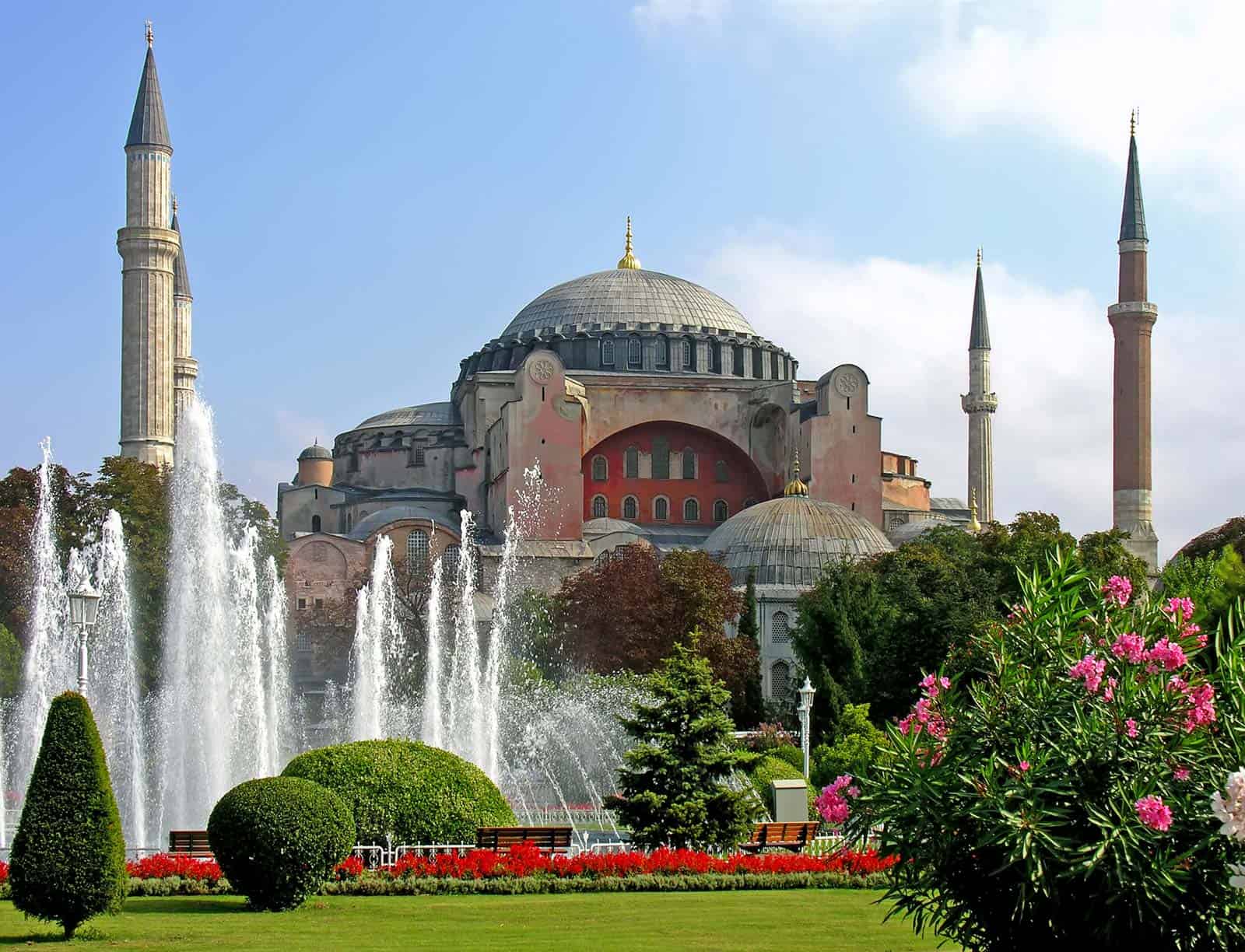
Image credits - Dennis Jarvis
Byzantine architecture reflected their building culture when Emperor Constantine converted the capital of the Roman Empire to Constantinople in 330AD. Constantinople is now popular as Istanbul. Lending from Roman architecture, these architectural styles were characterized by the bold deviations from the classical orders applied.

Image credits - Dennis Jarvis
In this age, the building of churches that were styled in a Greek cross plan were constructed with brick and mortar. These construction material were managed to make intricate patterns that where created simply for the beauty of it.
Really, the majority of this fashionable empire's most symbolic structures came into existence when the empire was on the verge of wealthiness that was approximately around the middle time of this age. The masterpiece of architecture, the Hagia Sophia which is certainly an embodiment of Byzantine's engineering sublimity, stands proudly.
6. Neoclassical Architecture - 1640 to 1850
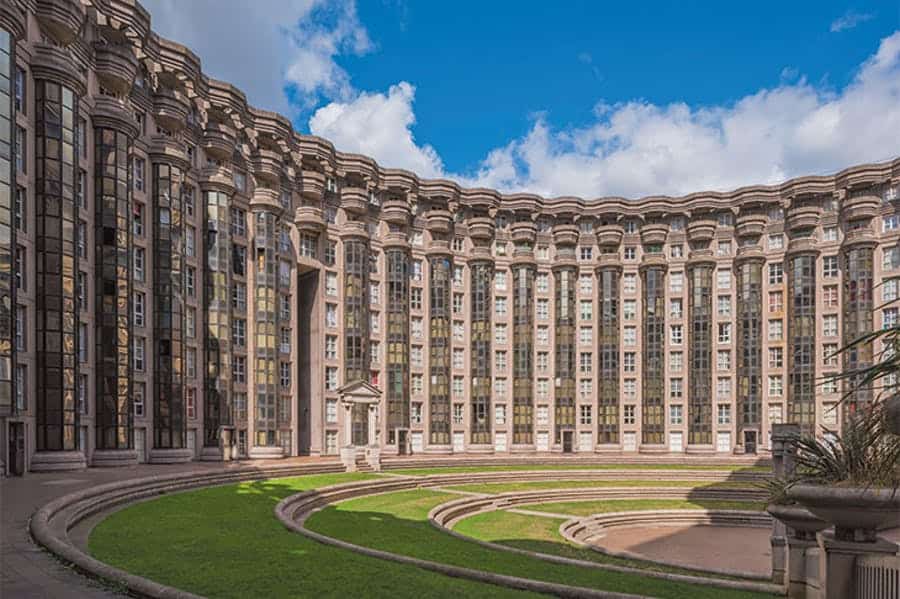
Image credits - apollo-magazine.com
The Neoclassical architectural style, which is as its name implies, draws its inspiration from the classical style and fully established itself in the middle of the 17th century. A time that was that, the archaeologists played a significant role in the Asian world interest, which then increased the Greek Revival.

Image credits - mbell / Getty Images
This architecture includes porticoes, domes, wide stairs, columns, besides having a great liking for building materials such as stones and marbles. Broadly speaking, it can be said that Neoclassicism in the United States is the most widespread style. In this connection, many museums, monuments, banks of New York, and the Federal buildings of Washington, D. C. have imported their classic features such as columned exteriors.
7. Craftsman Style - 1890–1930

Image credits - housebeautiful.com
American Craftsman architecture movement has to be mentioned as one of the most celebrated styles in American architecture. Led by such as Boston interior designers and architects in the 19th century, local architects established the guiding principle of Arts and Crafts movement in the United States.

Image credits - elledecor.com
The Craftsman design style was born from repudiation to both the extremely florid look of Victorian home and to the Growth of Industrial Revolution. This style incorporates some of them like use of local materials such as stone and wooden shingles, use of simple design, visible handiworks, low-pitched roofs, exposed rafters, deep eaves, overhanging front porches and expansive windows.
By around 1900, the style was widely accepted as it meant to make modest homes beautiful for owners in the constantly expanding middle class. This architectural style communicates harmony, strength, and aesthetics through the alignment of a straightness line.
8. Mediterranean Revival - 1910 to 1940

Mediterranean Revival-1-IMAGE-1 ©www.marylyonarts.com/
This architecture borrows its distinctive elements from the Renaissance architecture of Italy and Spain. It first appeared to the Americans during the colonial period and features white stucco walls, arched windows, rectangular floor plans, balconies, red-tiled roofs, and bell towers.
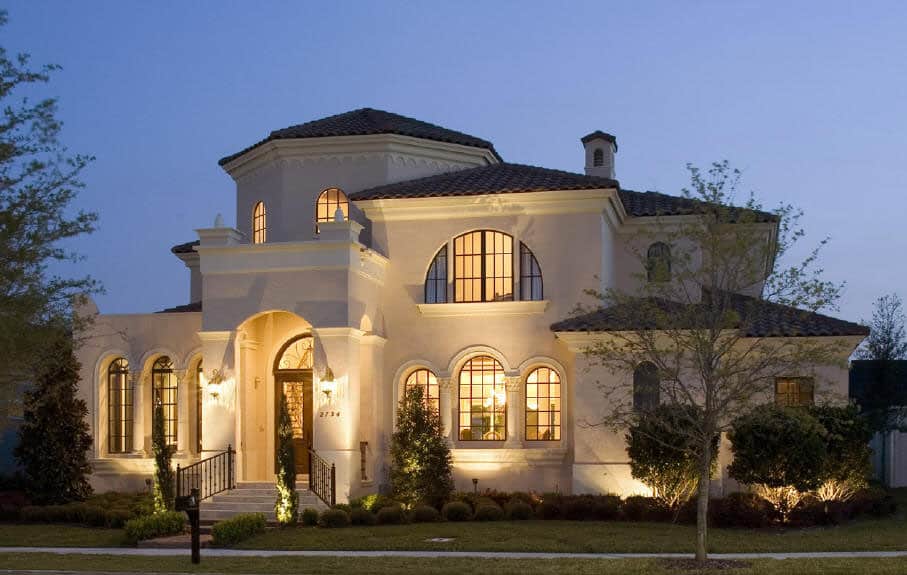
Image credits - idesignarch.com
A signature style of this period is that the structures are surrounded by landscape architecture. Therefore, a good landscape architect can borrow some ideas from this style during their projects' design process.
As architects continue to borrow design ideas from these styles and types of architecture, the more these architecture styles continue to define our modern era.
9. Tudor Architecture - 1485 to 1558
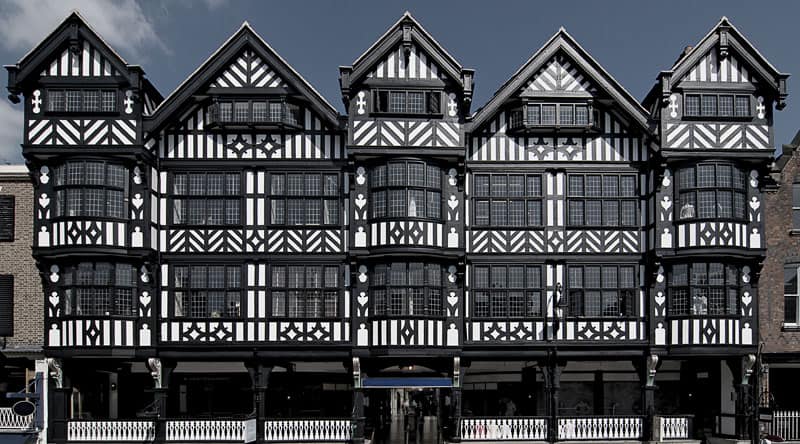
Image credits - Jeff Dalton
Originating in England in the 1500s, these architectural styles shaped innovations, including fireplaces, chimney stacks, and cheaper brick prices. Construction of buildings in Turdo architecture design reached American homes and building structures in the 1970s and 80s.
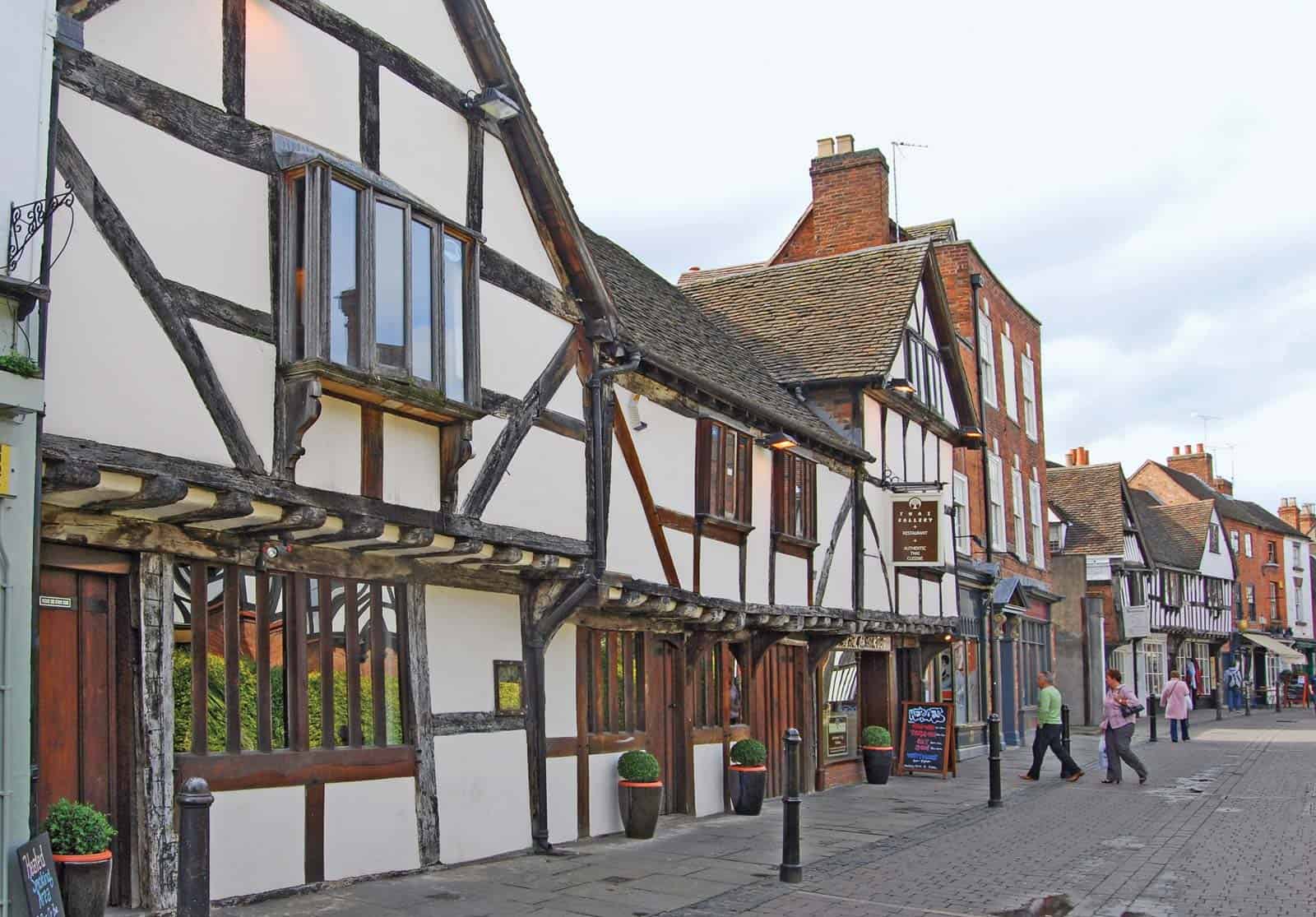
Image credits - Russ Hamer
Residential architects and even landscape architects can take inspiration from the building blocks of this time. The homebuilders wanted the designs to evoke a cozy feeling similar to that of the English country houses and buildings. This world-renowned architecture method's notable features include high-pitched roofs and gables, tall chimneys, herringbone brickwork, large mullioned windows, and exterior walls with half-timber and white stucco infill.
10. Gothic Revival - 1740-1860
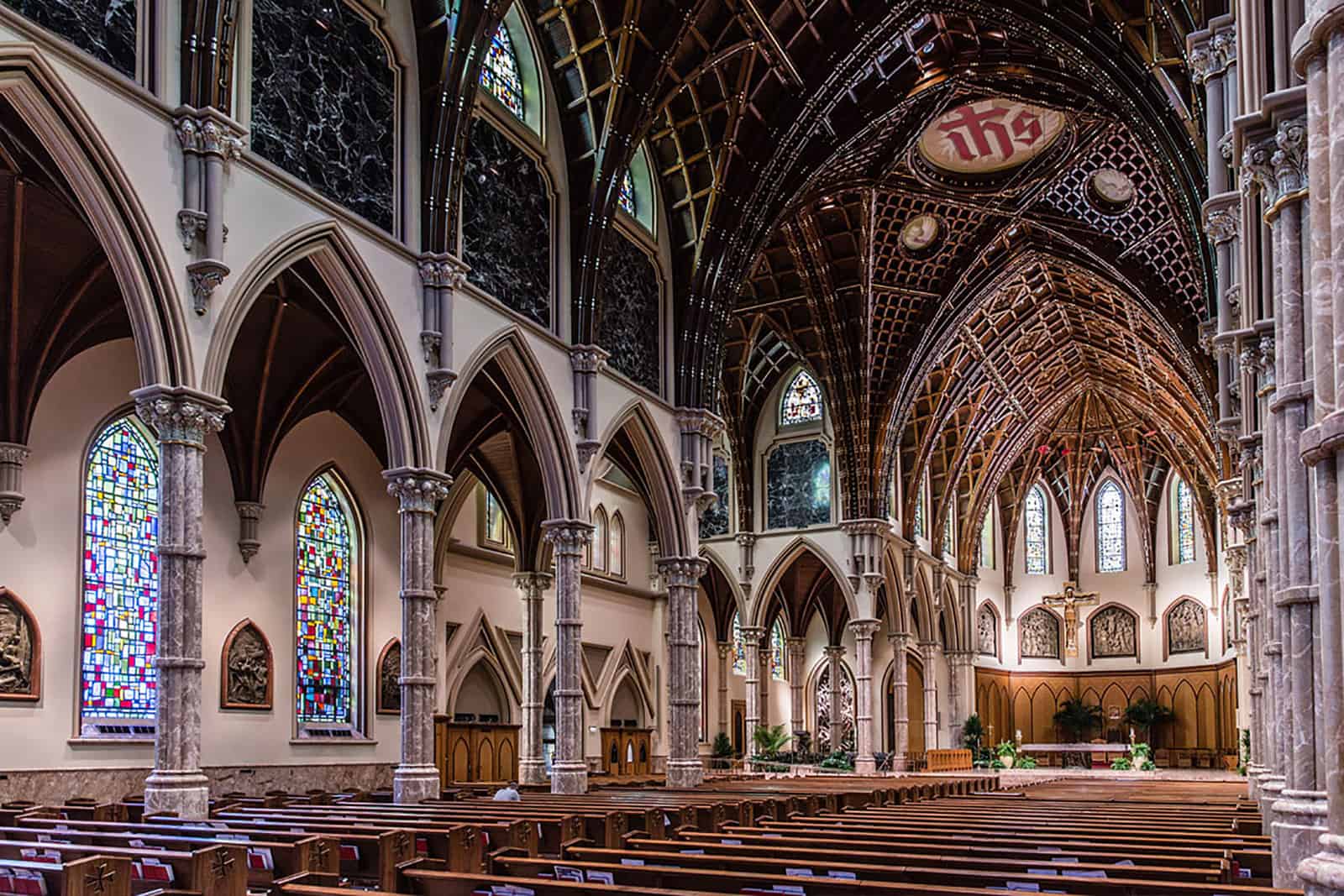
Image credits - Charles Cherney for Kate Oelerich Photography
The Goths originated in central Europe, while Gothic architecture originated in France and got immortalized in cathedrals such as Notre-Dame de Paris and St. Patrick's Cathedral. The Goths played a massive role in shaping medieval Europe, and that's why many elements in this era are known as "Goth".
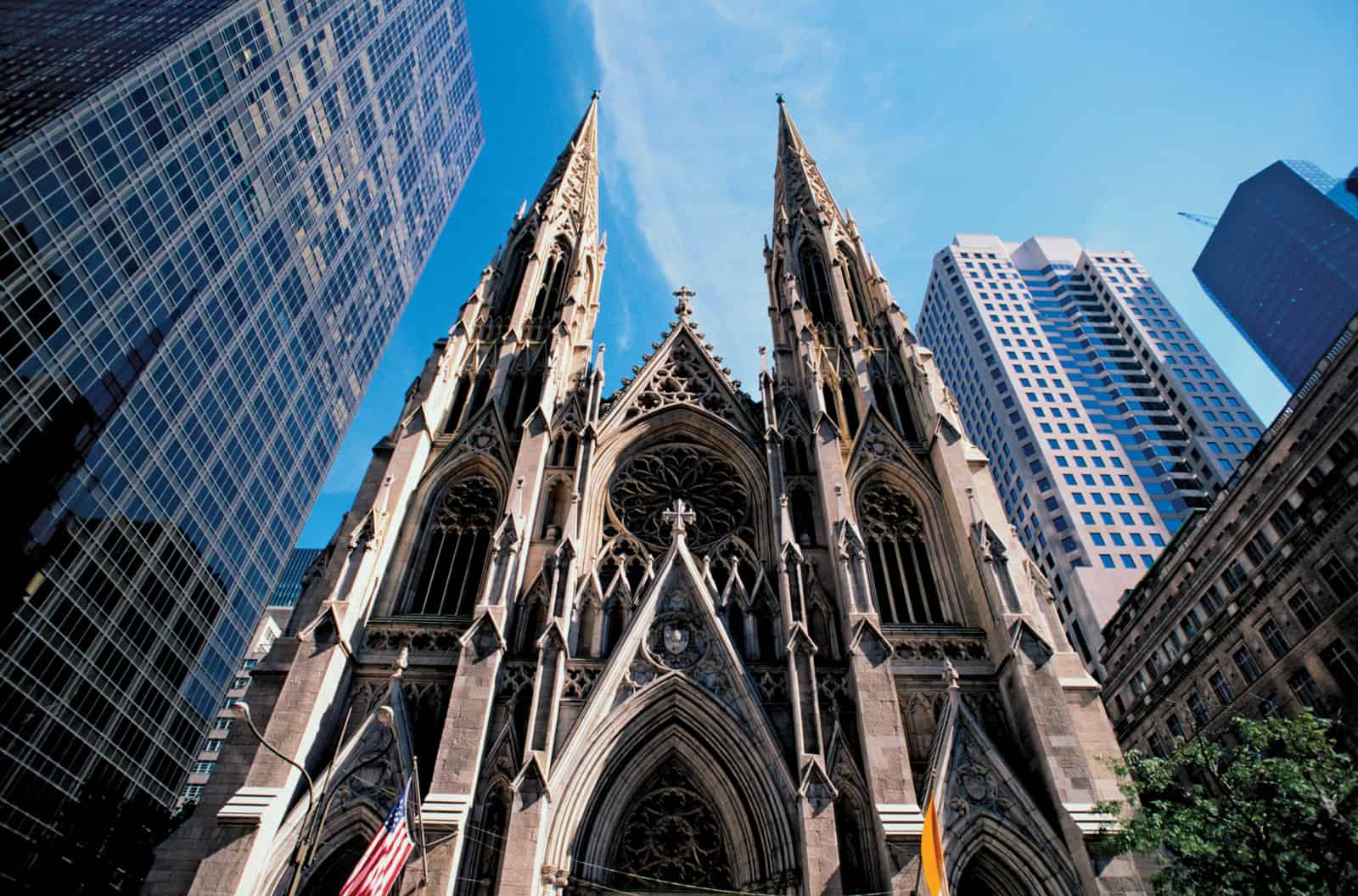
Image credits - Larry Brownstein
In the 1800s, the Gothic Revival movement was brought back to Victorian England as an alternative to Neoclassicism. During that time, some artists and intellectuals started to romanticize the norms of the pre-industrial medieval period.
Some characteristics include pointed arches, ornate decorative elements, stone masonry, steeply sloped roofs, spires, and narrow and tall windows. The Gothic Revival style eventually fell out in favor of a different design of commercial and government buildings.
Nonetheless, it remains popular in libraries, churches, and university buildings and continues to spread worldwide. Some notable examples include the entire campus of the University of Mumbai, St. Patrick’s Cathedral in New York City; Washington National Cathedral; Pittsburgh’s Cathedral of Learning which demonstrates the style in skyscraper form; and Chicago’s Tribune Tower.
Conclusion
Which one of these styles did you love the most? Let us know in the comments below, as well as which buildings you've visited that we've mentioned today.















